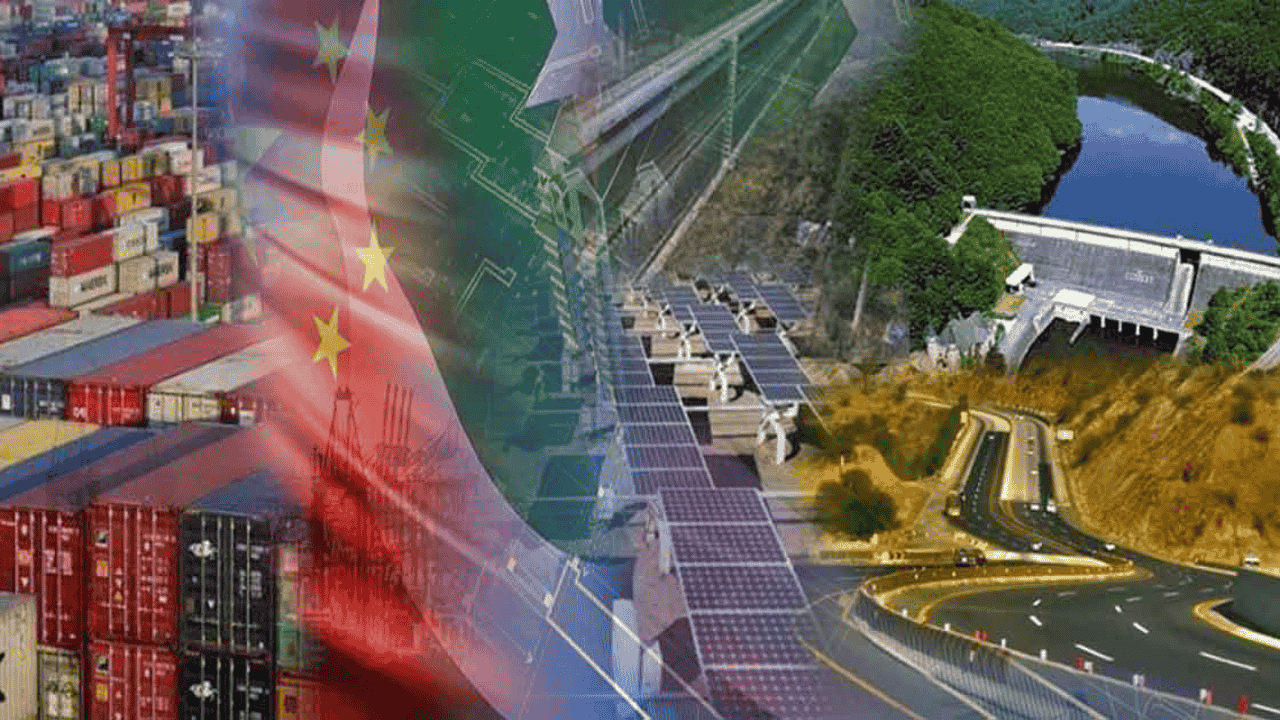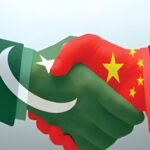By Ayesha Saba
ISLAMABAD– In collaboration with China, Pakistan has aligned the country’s National Transformation Plan’s 5Es with the five corridors of CPEC under the multibillion-dollar project’s second phase to promote inclusive growth and innovation.
The 5Es include exports, e-Pakistan (digital transformation), equity & empowerment, environment & climate change (including food & water security), and energy & infrastructure.
CPEC’s five key thematic corridors include the growth corridor, livelihood-enhancing corridor, innovation corridor, green corridor, and opening-up/regional connectivity corridor.
Policy Framework and Upcoming JCC Meeting
Speaking to Wealth Pakistan, Jamshed Ahmed, Investment and Industrial Specialist at CPEC Secretariat, Ministry of Planning, Development and Special Initiatives, said Pakistan has developed a policy framework for CPEC’s Phase II to strengthen cooperation across these five key corridors. The framework is expected to be signed at the upcoming Joint Coordination Committee (JCC) meeting, he added.
According to him, the first phase of CPEC was instrumental in alleviating Pakistan’s infrastructure bottlenecks by expanding road networks and enhancing energy generation capacity.
“In contrast, the second phase is viewed as an opportunity to pivot toward green industrialisation, renewable energy, and knowledge-driven sectors.”
Growth Corridor Boosting Exports and Industry
Jamshed stated that the CPEC’s growth corridor is expected to play a central role in boosting exports and strengthening Pakistan’s industrial base.
He argued that special economic zones are now better positioned to attract industrial relocation from Chinese and other international firms.
“For example, Allama Iqbal Industrial City Faisalabad has already seen investment from 11 Chinese companies, as well as firms from Germany, Canada, and other countries.”
Energy Sector Progress and Hydropower Projects
He noted that progress in the energy sector also underscores this evolving partnership. “Last year, a major hydropower project – Sukhi Kinari – with a capacity of 884 megawatts, was successfully commercialised and integrated into the national grid,” he pointed out.
Jamshed noted that the addition of this relatively cheaper electricity is expected to ease pressure on consumers by contributing to a gradual reduction in tariffs.
“Building on this momentum, Pakistan is now collaborating with China on additional hydropower projects, while technical teams from both countries are exploring new ventures such as pump storage development and coal-to-gasification projects, which could diversify the country’s energy mix and reduce reliance on imported fuels,” he added.
Capacity-Building and Digital Transformation
The planning ministry’s official said beyond industrial and energy cooperation, capacity-building is emerging as another critical feature of CPEC’s Phase II.
“Training programmes and exchanges for Pakistani professionals are being expanded, with several groups already benefiting from technical training in China. Moreover, leading Chinese technology companies, including Huawei, have committed to large-scale IT training initiatives to help build Pakistan’s digital capacity and support the transition toward a knowledge-driven economy,” he noted.
Author Profile






